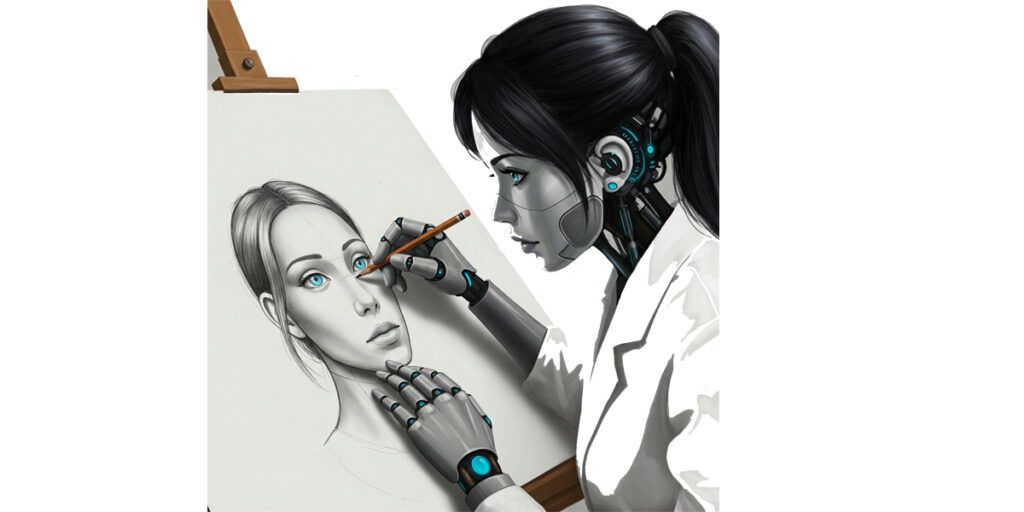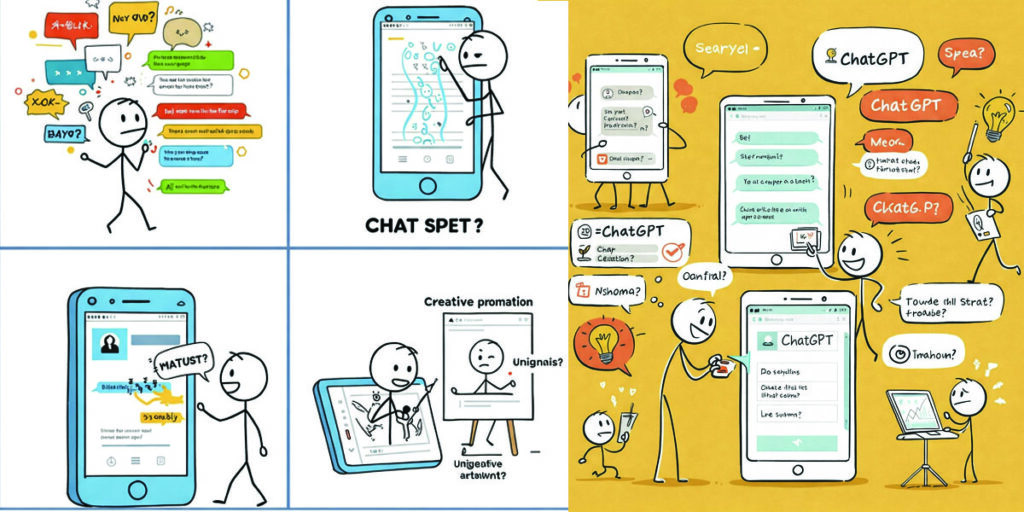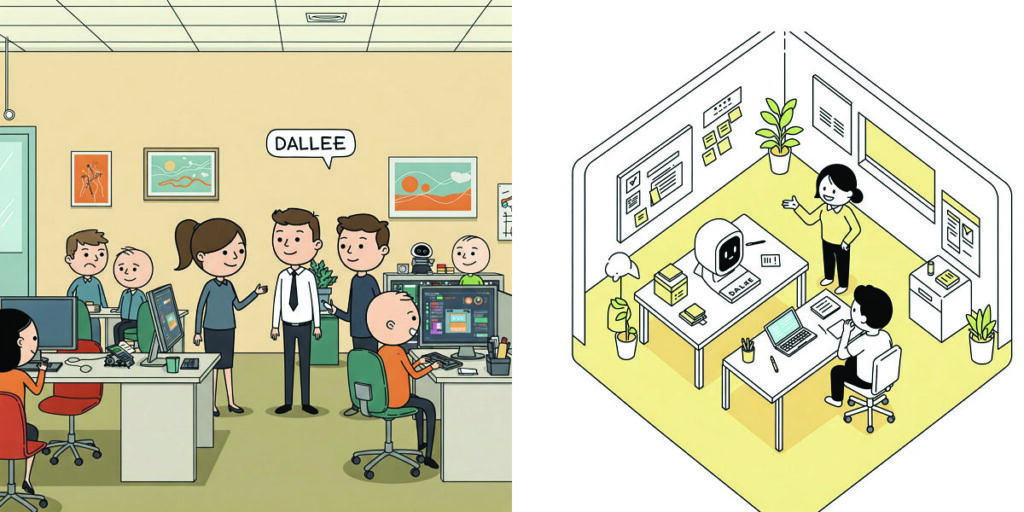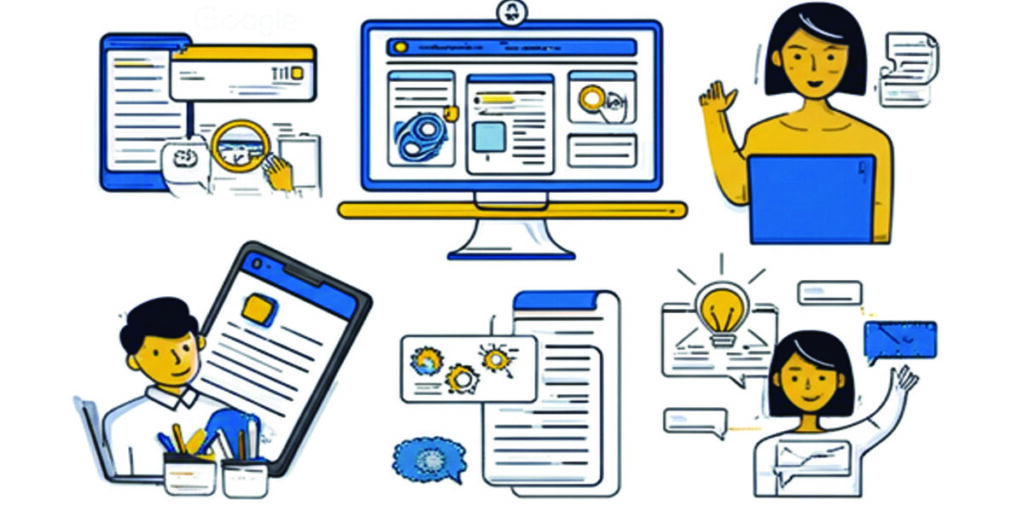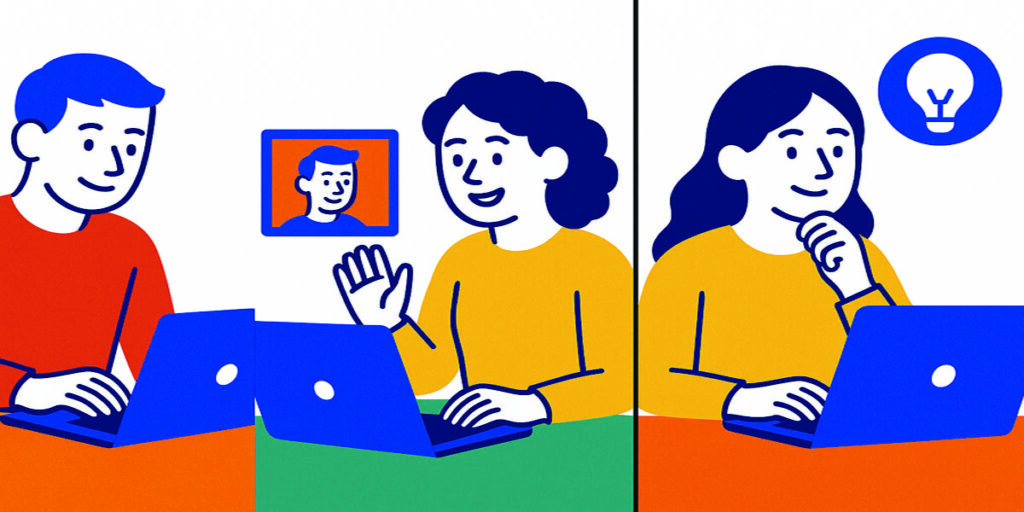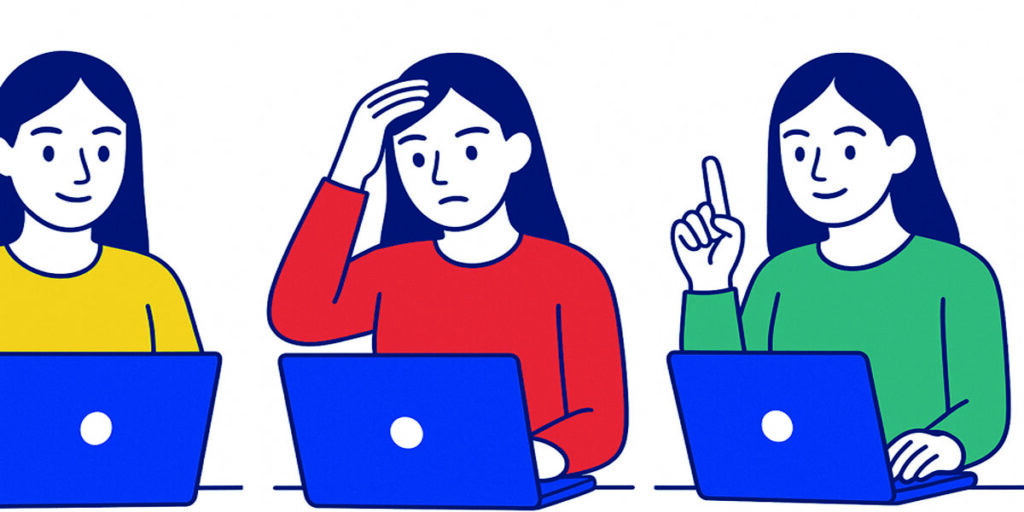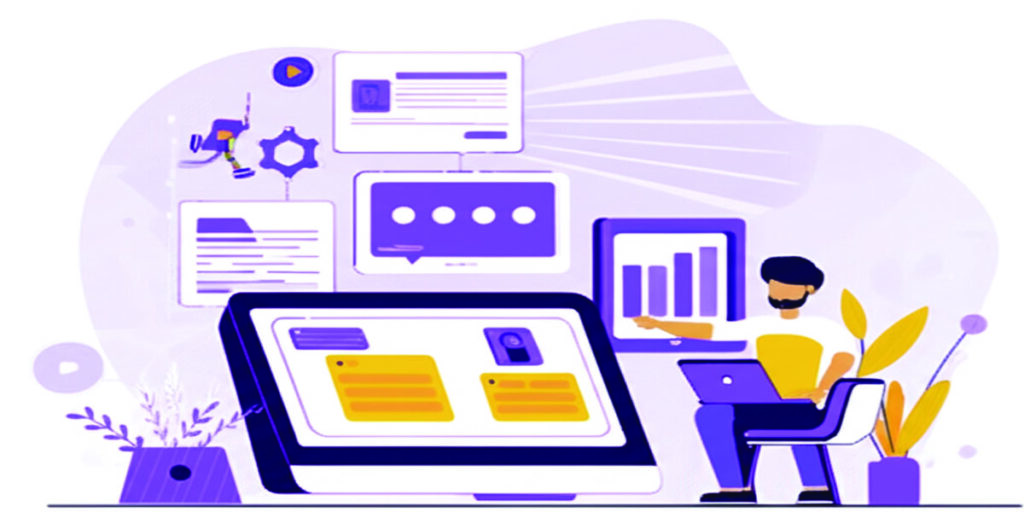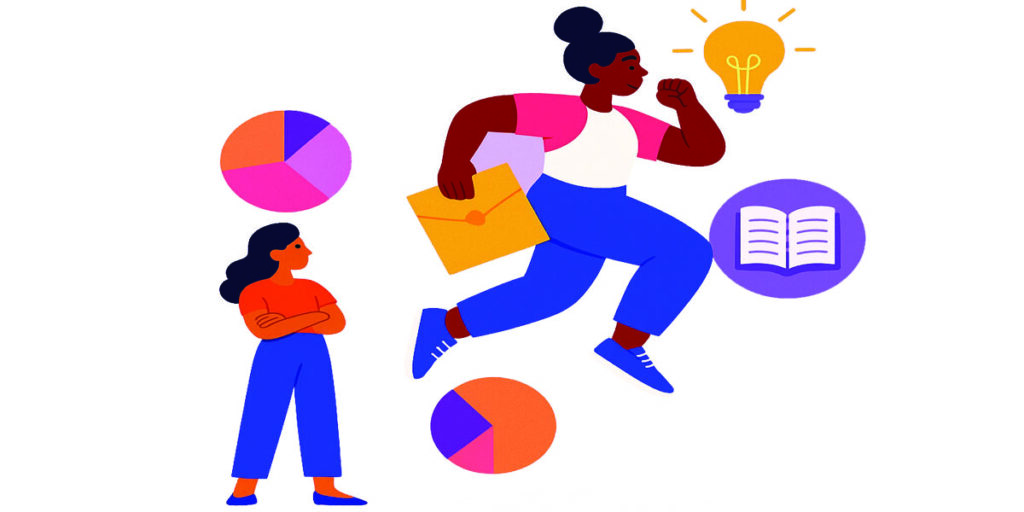AI tool by Adobe for generating images, text effects, and creative content from prompts.
Adobe Firefly, the generative AI tool suite from the creative software giant Adobe, represents a significant leap forward in the democratization and augmentation of creative workflows. By harnessing the power of artificial intelligence, Firefly empowers users of all skill levels to generate stunning images, captivating text effects, and a diverse range of creative content simply through text prompts. Its emergence marks not only a technological advancement but also a fascinating intersection of historical trends in creative tools, the evolving dynamics of the economic market for creative assets, and the burgeoning importance of networking and collaboration in the digital age.
A Historical Tapestry: The Evolution of Creative Tools and Adobe’s Legacy
To truly appreciate the significance of Adobe Firefly, it’s crucial to contextualize it within the historical trajectory of creative tools and Adobe’s pivotal role in shaping this landscape. For centuries, creative expression was largely confined to the realm of skilled artisans wielding physical tools – brushes, chisels, printing presses. The advent of photography in the 19th century marked a turning point, introducing a more accessible medium for visual creation and capturing reality.
The 20th century witnessed a technological explosion that revolutionized creative possibilities. The rise of personal computers in the latter half of the century paved the way for digital tools that offered unprecedented flexibility, control, and efficiency. Among the pioneers of this digital revolution was Adobe Systems, founded in 1982.
Adobe’s early innovations, such as PostScript, a page description language, and subsequently, groundbreaking software like Adobe Photoshop (launched in 1990) and Adobe Illustrator (launched in 1987), fundamentally transformed the graphic design, photography, and publishing industries. These tools empowered professionals with sophisticated capabilities for image manipulation, vector graphics creation, and page layout, establishing Adobe as the industry standard.
The internet era further amplified the demand for visual content, leading to the proliferation of digital design and the need for more efficient and accessible creative tools. Adobe continued to innovate, introducing software like Adobe Premiere Pro for video editing, Adobe After Effects for motion graphics, and Adobe Creative Cloud, a subscription-based model that integrated its suite of applications and fostered collaboration.
Against this backdrop of continuous evolution, the emergence of generative AI tools like Adobe Firefly represents the next paradigm shift. While previous tools focused on manipulating existing content or creating from scratch with manual inputs, Firefly introduces the ability to generate entirely new content based on textual descriptions. This marks a departure from traditional methods, offering a potentially faster, more intuitive, and more accessible pathway to creative expression.
The Economic Market for Creative Assets: Disruption and Opportunity
The introduction of Adobe Firefly has significant implications for the economic market surrounding creative assets. This market encompasses a wide range of stakeholders, including professional designers, photographers, illustrators, stock media providers, and the businesses and individuals who consume creative content.
Disruption of Traditional Workflows: Generative AI tools like Firefly have the potential to disrupt traditional creative workflows in several ways. Tasks that previously required significant time and specialized skills, such as generating variations of images, creating unique textures, or visualizing abstract concepts, can now be accomplished more rapidly through simple prompts. This could lead to increased efficiency for creative professionals and potentially alter the demand for certain specialized skills.
Democratization of Content Creation: One of the most significant impacts of Firefly is the potential democratization of content creation. Individuals without formal design training can now generate visually appealing content for personal projects, social media, or small businesses. This could expand the pool of content creators and potentially impact the demand for entry-level design services.
The Stock Media Market: The stock media industry, which relies on a vast library of pre-existing images, videos, and other assets, faces a potential disruption. If users can generate unique and tailored visuals on demand through tools like Firefly, the need for generic stock photos might decrease. However, Firefly and similar tools could also become valuable assets for stock media providers, enabling them to generate novel and diverse content for their libraries.
New Business Models and Opportunities: The rise of generative AI also opens up new business models and opportunities. For instance, specialized AI artists or prompt engineers could emerge, focusing on crafting effective prompts to generate high-quality and specific visuals. Businesses might integrate generative AI tools directly into their marketing and content creation processes, leading to cost savings and increased agility.
Ethical and Legal Considerations: The economic market for AI-generated content also raises crucial ethical and legal considerations, particularly concerning copyright and intellectual property. The question of who owns the copyright to an image generated by AI based on a user’s prompt is a complex legal issue that is still evolving. Adobe has emphasized its commitment to responsible AI development, training Firefly on a dataset of Adobe Stock images and openly licensed content to mitigate copyright concerns.
Networking and Collaboration in the Age of AI-Augmented Creativity
In an increasingly interconnected digital landscape, networking and collaboration have become vital for creative professionals. The advent of AI tools like Firefly further underscores the importance of these aspects.
Enhanced Collaboration: Firefly can facilitate new forms of collaboration. Designers can use it to quickly generate initial concepts and share them with clients or team members for feedback. Iteration becomes faster and more visual, allowing for clearer communication and a more efficient creative process. Teams working on complex projects can leverage Firefly to generate specific assets or visual elements that align with the overall vision.
Community Building and Knowledge Sharing: The adoption of Firefly and other AI tools is fostering new online communities where users share prompts, techniques, and best practices. Platforms and forums dedicated to AI art and generative design are emerging, enabling creators to learn from each other and push the boundaries of what’s possible. Adobe itself is actively engaging with its user base, soliciting feedback and providing resources for learning and inspiration.
The Role of Human Expertise: While Firefly empowers users to generate content with relative ease, it’s crucial to recognize that human expertise remains essential. Effective prompting requires creative thinking, artistic vision, and an understanding of design principles. Professional designers and artists can leverage Firefly as a powerful tool to augment their skills, explore new creative avenues, and enhance their productivity. The ability to refine and curate AI-generated content with human artistry will likely remain a valuable skill.
Networking for Skill Development: As the landscape of creative tools evolves, networking becomes even more critical for staying ahead. Connecting with other professionals, attending workshops and conferences, and engaging in online communities can help individuals learn about the latest advancements in AI and how to effectively integrate them into their workflows.
Adobe’s Ecosystem and Network Effects: Adobe’s existing ecosystem of creative software and its vast user base provide a strong foundation for Firefly’s adoption. The integration of Firefly into popular applications like Photoshop and Illustrator creates seamless workflows and leverages the existing network effects of Adobe’s platform. This interconnectedness fosters collaboration and knowledge sharing within the Adobe creative community.
Looking Ahead: The Future of AI in Creative Workflows
Adobe Firefly is not just a standalone tool; it represents a broader trend towards the integration of AI into creative workflows. The future is likely to see even more sophisticated AI-powered features embedded within creative software, assisting with tasks such as intelligent object selection, automated retouching, and context-aware design suggestions.
The Symbiotic Relationship: The relationship between human creativity and AI will likely be symbiotic. AI tools will handle repetitive or computationally intensive tasks, freeing up human creators to focus on higher-level conceptualization, artistic direction, and emotional expression.
The Evolution of Creative Roles: The roles of creative professionals may evolve. While some tasks might be automated, new roles focusing on AI prompt engineering, AI art curation, and the integration of AI into creative strategies could emerge.
Continuous Learning and Adaptation: The rapid pace of AI development necessitates continuous learning and adaptation for creative professionals. Staying informed about the latest advancements and experimenting with new tools will be crucial for remaining competitive and innovative.
Conclusion: A New Chapter in Creative History
Adobe Firefly stands at the intersection of a rich history of creative tools, a dynamic economic market, and the ever-expanding power of digital networking. It represents a significant step towards making creative expression more accessible and augmenting the capabilities of professional creators. While the integration of AI into creative workflows presents both opportunities and challenges, Adobe’s commitment to responsible AI development and its established ecosystem position Firefly as a potentially transformative force in the world of visual creation. As the technology continues to evolve, the interplay between human ingenuity and artificial intelligence will undoubtedly shape the future of how we imagine, create, and connect through visual content. The journey of Firefly and similar tools is just beginning, promising a future where the boundaries of creativity are constantly being pushed and redefined by the power of AI.
